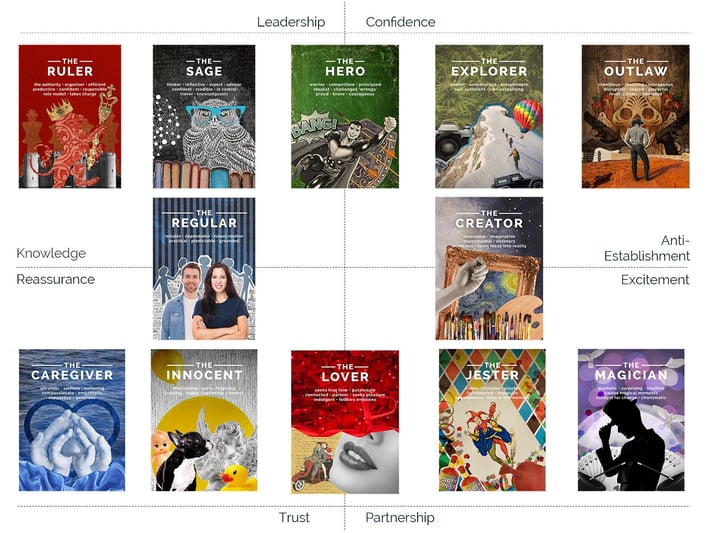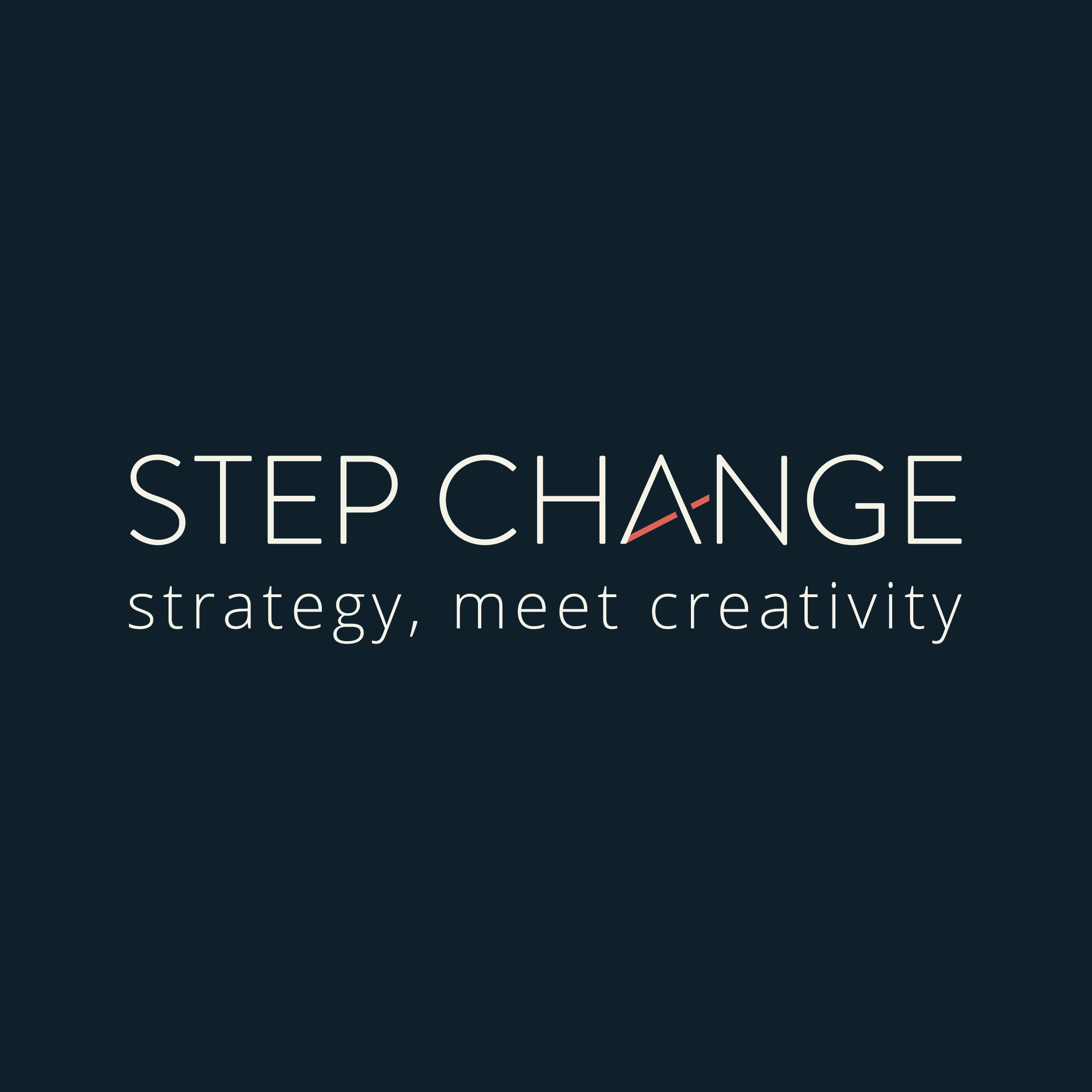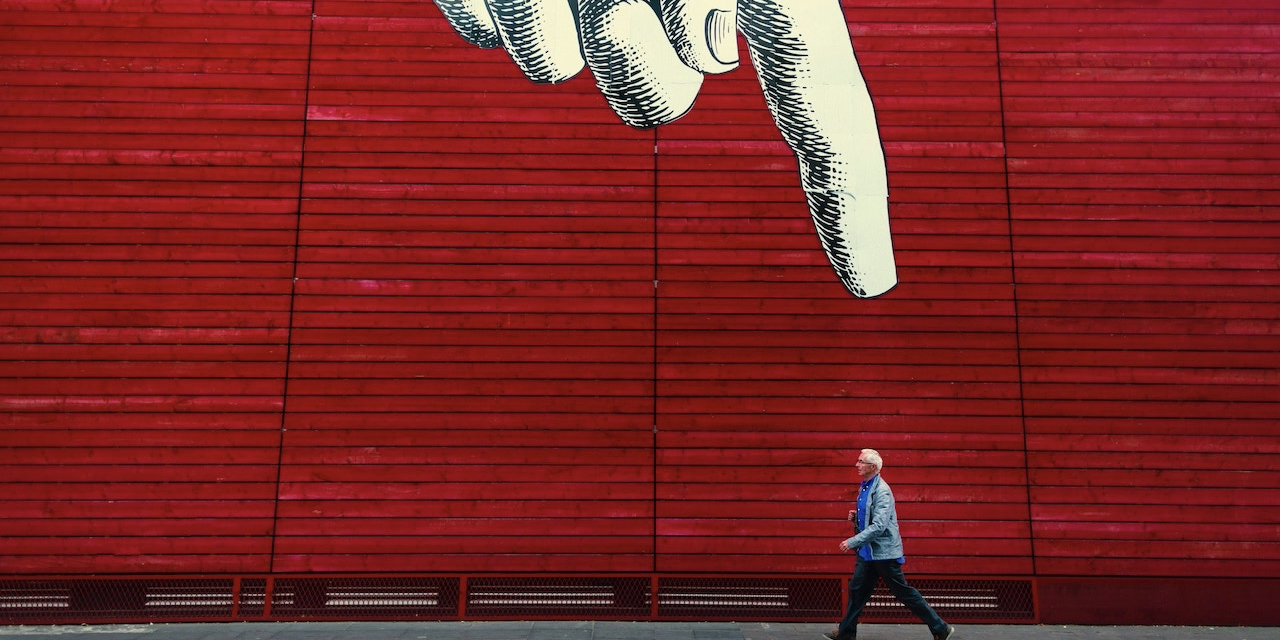Lover, Hero, Jester, Sage, Ruler... Which is Your Brand Archetype, and Does it Even Matter?
Coca-Cola. Apple. Harley Davidson. Victoria’s Secret.
Four different brands — with different products and different customers. What makes brands like these stand out? What makes these brands so remarkable and memorable? Their secret to success? It’s something so powerful that even the marketing from these brands is recognisable without their logos.
It all boils down to an age-old idea. One that is rooted in humanity and backed by science and psychological research.
Welcome: Archetypes.
Archetypes in Literature
Archetypes have existed ever since humans started telling stories. In fact, you may have noticed that characters in stories seem to take after certain familiar models. Examples? A well-loved hero with a dark past, an orphaned lad who was tasked with saving the world, an adventure-seeker who boldly goes where no man has gone before.
Carl Gustav Jung, the brilliant mind who distinguished archetypes, defined them as universally understood characters that provide prompts to core human desires, drives, fears, and motivations. Archetypes are personified symbols that make the mind identify with subconscious desires, meanings, and truths.
Archetypes in Branding
If archetypes inspire core human feelings, imagine their impact to both brands and consumers. With this idea in mind, Dr Carol Pearson and Margaret Mark, the authors of The Hero and the Outlaw: Building Extraordinary Brands Through the Power of Archetypes, set out to examine the archetypes from the branding perspective.
What, then, is a brand archetype? A brand archetype gives a brand a human identity and personality, setting it apart from other brands like it.
There are many and varied archetype models, but Step Change deploys a 12-archetype model: the Ruler, the Sage, the Hero, the Explorer, the Outlaw, the Regular, the Creator, the Caregiver, the Innocent, the Lover, the Magician, and the Jester.
In this book, we deep-dive into each of these; and after reading this, you will have an idea which archetypes characterise your brand.
Now it doesn’t matter if you’ve been in business for a long time or you’re just starting out. Aligning your brand with something that is already embedded in people’s subconscious will make your brand easier to identify and relate to.
When you anchor against an archetype, you are subtly telling your customers what kind of experience they will have with your brand.

Why Archetypes Influence Brands and Customers
Archetypes create an emotional impact on consumers because they recognise these traits in themselves. This is why some consumers are loyal to old brands, no matter how much they are bombarded with the latest product in the market. It’s not that consumers don’t like change — it’s just because they are emotionally connected with the brand.
Understanding Your Brand’s Archetype
Archetypes function as a compass. Fully understanding and embodying the archetype that represents your business will enable you to make decisions and lead developments that are central and consistent to your business’s core.
The Foundation, Core, and Influencer Archetypes
At Step Change, we use archetypes to facilitate our clients in identifying the foundation, the core, and the influencer of their brand.
The foundation is generally your business’s category type. This trait is what got your business to where it is today, or it’s the standard that customers demand or traditionally from your industry.
The core is your business’s personality — the heart of your brand. This differentiates you from your competition. This is what you need to hit. Make sure the members of your staff are aware of it. In all your communications and in everything you do, you need to be consistent with your core archetype.
Remember, what makes one brand stand out is the commitment and strength of their core archetype.
The influencer, on the other hand, is the archetype that gives your core its edge and versatility. It’s something you need to keep an eye on. It takes it forward as it gives it a level of spice. This will also shape you as you evolve as a brand.
How Do You Want Your Brand to Be Seen?
As you go through this book, learn and take a page from the world’s most memorable brands, like Coca-Cola, Apple, Harley Davidson, and Victoria’s Secret. Think about which archetype is closest to your brand.
Once you’ve decided on your core and influencer archetypes, learn it by heart. Get your team and your third-party suppliers to understand them. Use them to guide you to humanise your communications, improve your strategy, and remove any subjectivity.
 Discover your brand’s archetype and define how you want your brand to be seen and ultimately what your business stands for — because consumers who stand for the same ideals that you do will naturally be drawn to you.
Discover your brand’s archetype and define how you want your brand to be seen and ultimately what your business stands for — because consumers who stand for the same ideals that you do will naturally be drawn to you.





![Top 10 Articles C-Suites Read in the Step Change Blog [2019 Edition]](https://blog.hellostepchange.com/hubfs/step-change-top-10-articles-2019.001.jpeg)








